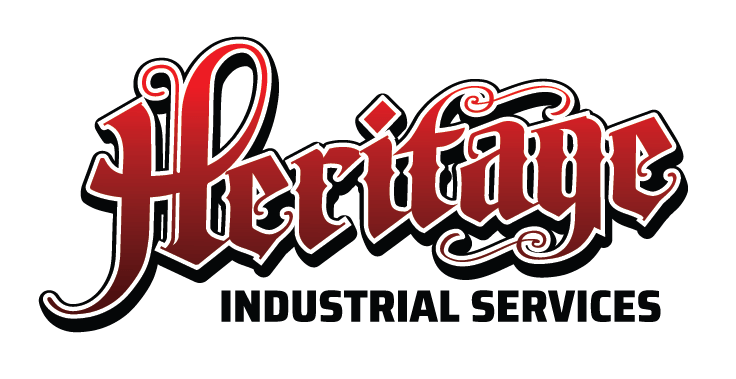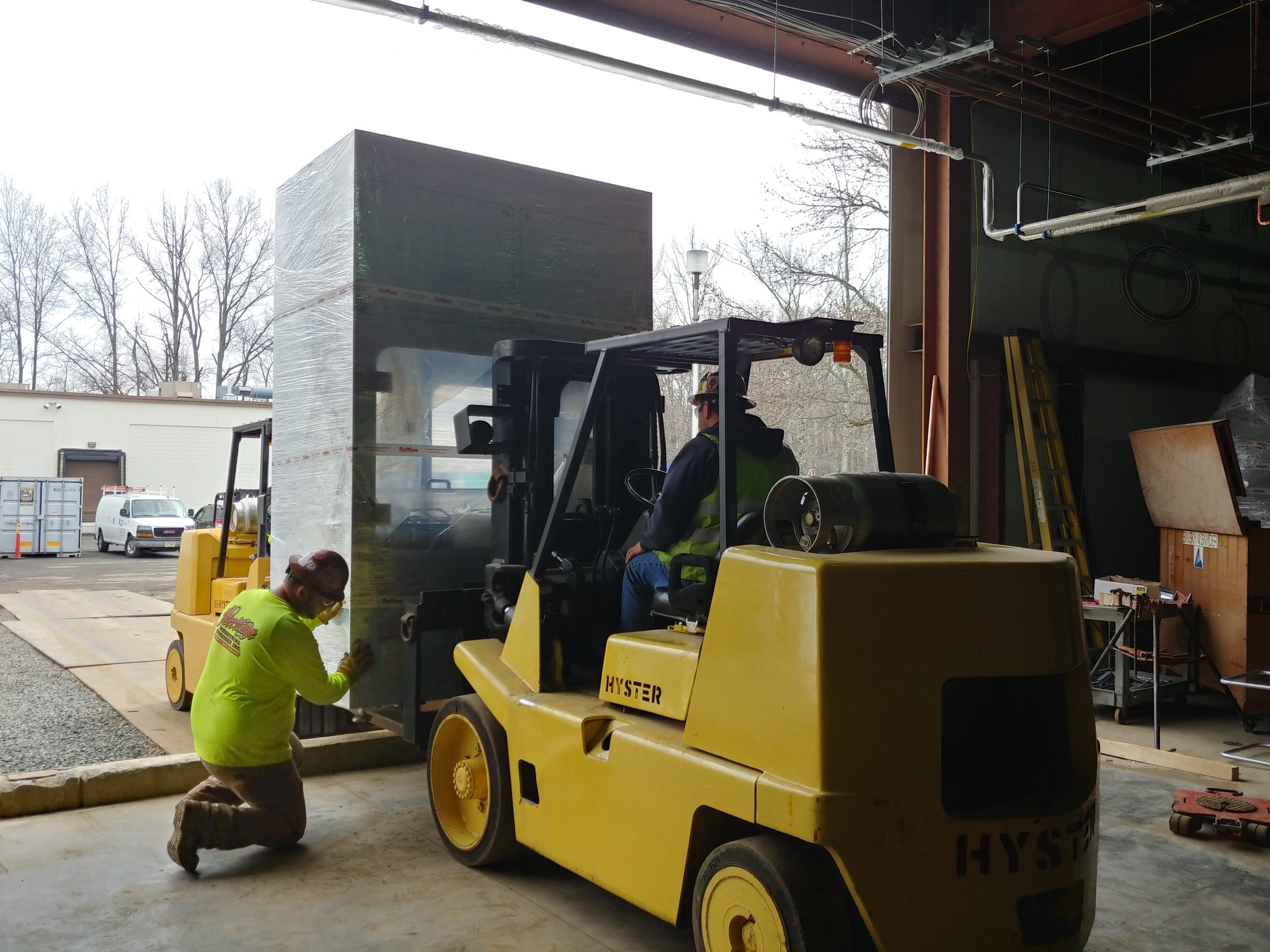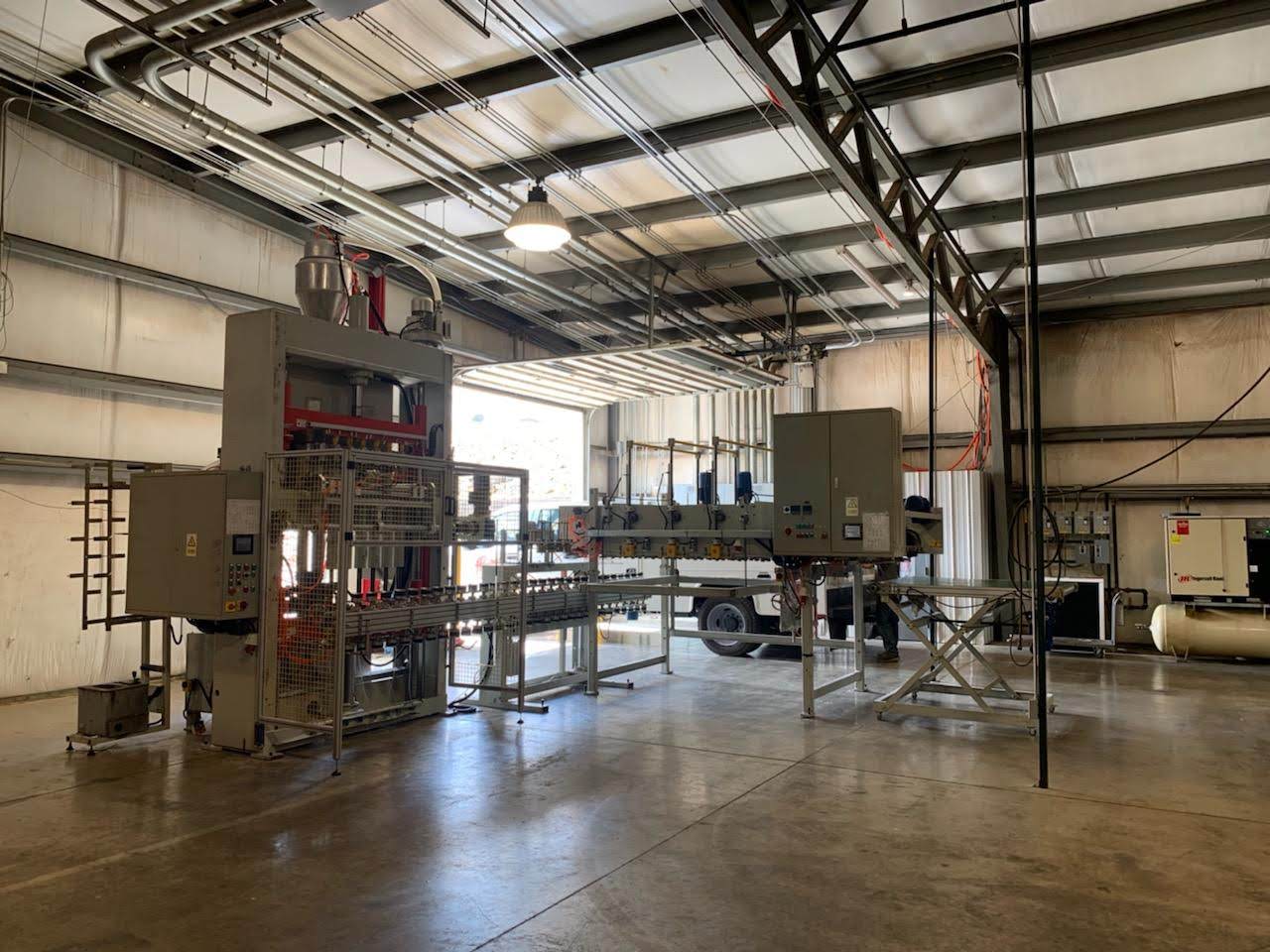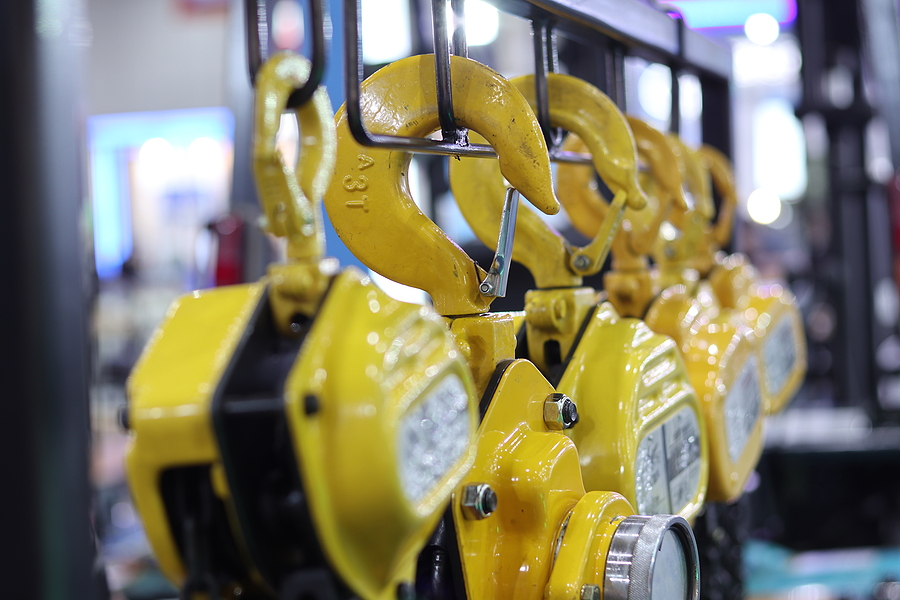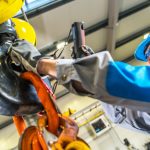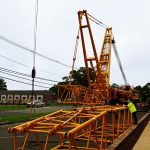Industrial Rigging Equipment – The Right Tools for the Job
Whether it’s commercial construction, the relocation of heavy machinery or an industrial dismantling project, you can be certain a crane lift will be involved. Crane lifts are a major undertaking that can be extremely dangerous if they’re not executed properly. Industrial rigging equipment is used in conjunction with a crane to secure and distribute the load being lifted and moved. In order to keep the lift and job site safe, it’s important to have the right rigging equipment and understand the purpose of each piece. That starts with choosing the right crane for the job.
The Crane
Of course, a lift can’t be completed without a crane. However, it is important to know specific information about the crane to determine if it is the right one for the job. There are three things to know. First is the crane’s capacity. How much weight can it lift? Next is how high the crane can lift. Can it go high enough to clear any obstacles? And finally, what is the crane’s horizontal reach? Is it long enough to get the load from point A to point B? All of this information will be listed on the crane load chart.
Once the right crane has been chosen, it’s time to determine which rigging equipment is appropriate to complete the lift. There is a wide variety of different rigging components, some are basic essentials and others are geared toward specific types of lifts. Let’s explore some of the most commonly used industrial rigging equipment.
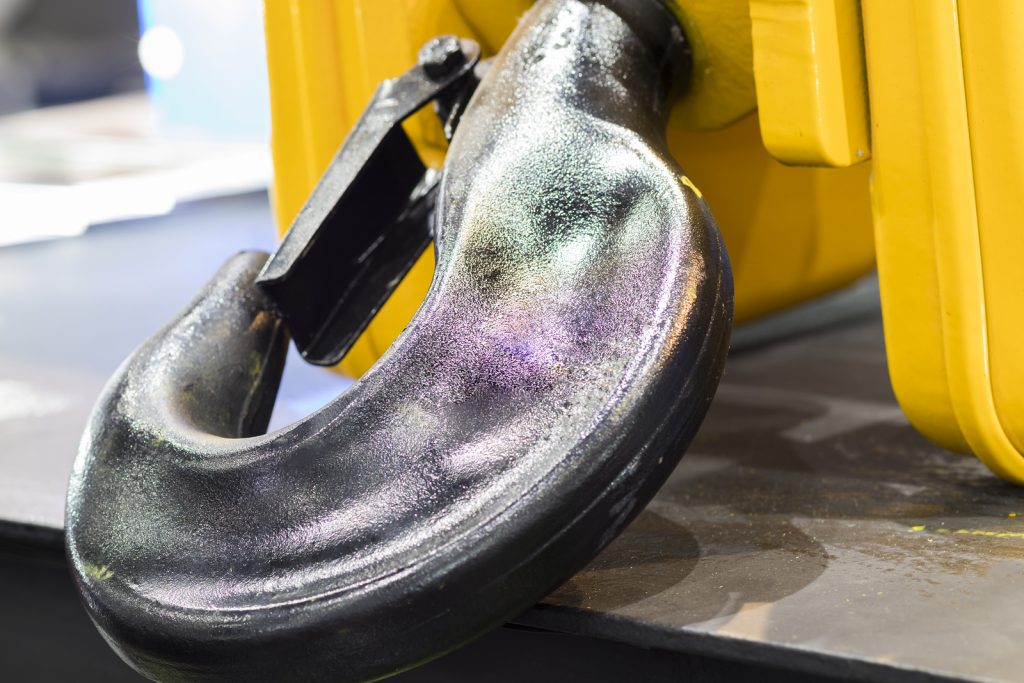
Hooks
Rigging hooks are the main connection between the crane and the load being lifted. They are chosen based on their weight load capacity. They are typically made of forged alloy steel and there are various types. These include automatic, swivel, eye, clevis, shan and chain hooks just to name a few. They come in multiple sizes which are based on the hook’s opening, known as the throat. An experienced rigger can determine which type and size of rigging hook is right for the job at hand
Shackles
Shackles are the primary connecting links in industrial crane rigging, allow different rigging components to be connected or disconnected quickly and efficiently. Shackles are usually necessary when rigging loads weighing more than 6000 pounds and are one of the most used rigging fittings. Because the pins are removable, they’re used to make connections to slings, rope, cable, etc. While there are different types, shackles basically have a U-shaped design with a bolt or clevis pin to secure the opening. The shackles most commonly used in industrial rigging are anchor, bow, chain, long-reach and D shackles.
Wire Ropes & Nylon Slings
Wire ropes and nylon slings are used in rigging to connect to or span the perimeter of a large load. The wire ropes used for rigging are made up of multiple strands of stainless or carbon steel rope twisted around a core rope. Wire rope slings are available in a range of lifting capacities, providing users with a strong and flexible solution for performing lifting operations.
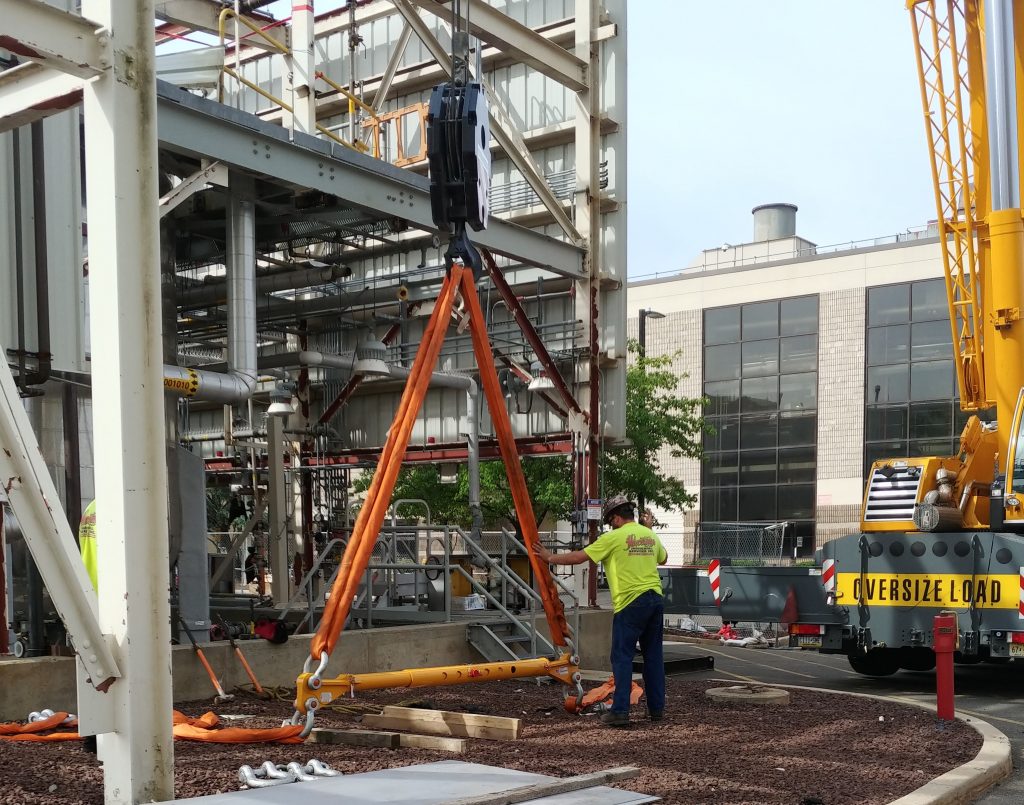
Spreader Bars
Spreader bars are a modular lifting solution designed to be used in a variety of configurations, depending on the requirements of the lifting operation. These can be used with both synthetic lifting slings and wire rope slings. A spreader bar is used below the hook when rigging a large or heavy load. The purpose of the spreader bar is to distribute the load across more than one point, increasing stability and decreasing the loads applied during hoisting.
Specialty Rigging Equipment
Some jobs require equipment beyond that which is commonly used such as tri-block rigging systems or modular lift towers. Tri-block rigging is used in tight work areas with just enough space for one crane to “self tail” equipment. Designed for loads of 200 tons and less, it provides adjustable length rigging and makes the use of a second crane or work platform unnecessary. Tri-block rigging is a safe option for transferring equipment from one lifting apparatus to another, cantilevered operations and tailing/upending.
Modular lift towers are also used in tight workspaces but their use is especially beneficial for remote sites or those with poor ground conditions. Transporting large cranes to these sites can be extremely difficult, costly and dangerous. In some cases, it’s impossible. Designed for extremely heavy lifts, modular lift towers can be transported in manageable sections and be assembled and disassembled on site. Modular tower lifts are often used in congested refineries, factories, and power plants.
Cutting Edge Rigging Equipment & Industry Expertise
In addition to having the right rigging equipment, there are two other very important parts of a successful crane lift – a highly-skilled rigging team and a comprehensive lift plan. At Heritage Industrial, we offer all forms of industrial rigging, machinery moving, plant relocation, and installation nationwide. Our services range from removing and installing small individual machines to very large plant sized projects and we work with a diverse group of clients from a wide variety of industries.
With over 90 years of combined experience, our expert staff uses cutting edge rigging equipment and certified safety techniques, including thorough inspections to ensure the highest quality and safest rigging operations. We employ NCCCO and OSHA trained riggers and signalman for all projects to ensure that all your rigging needs are performed safely, efficiently, and on budget with no issues.
Heritage Industrial is committed to conducting business operations in a manner that sustains the environment and protects the health and safety of our employees, clients, and the public. To discuss your next industrial rigging project, please call us at 609-752-0143 or contact us today!
